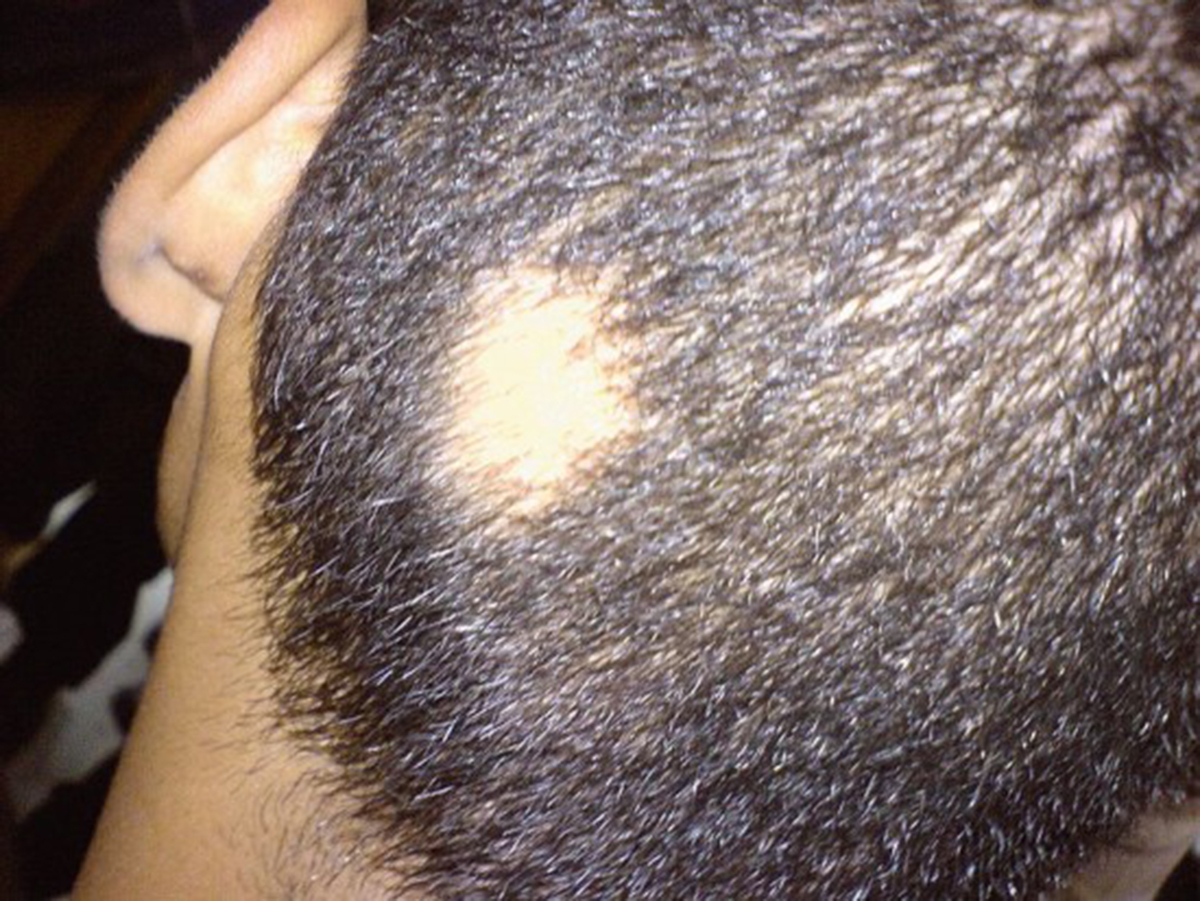Table of Contents
Although not too many have heard about it- the fact is that Alopecia areata is a very common and specific autoimmune disease, in which the immune system, normally designed to protect the body from foreign invaders, now attacks its own tissue.
- Autoimmunity
Everyone should know that there are many evidences that support the hypothesis that Alopecia Areata is an autoimmune condition. How come? Well, most of the scientists believe that the process is T-cell mediated but antibodies directed to hair follicle structures also have been found in patients also directs to the B-cell response.
If we talk about histological structure –then we should know that lesional biopsies show a perifollicular lymphocytic infiltrate which is mostly made out of T-helper cells and T-suppressor cells.

- Genetics
If we talk about possible cause of Alopecia Areata, then we should know that many scientists favor a genetic predisposition for disease. It isn’t hard to understand this because the frequency of positive family history for Alopecia Areata in affected patients has been estimated to be 10-20% compared to 1.7% in control subjects. This is pretty secure sign! Are there any other proofs! Well, two recent studies demonstrated that human leukocyte antigen DQ3 was found in more than 80% of patients with Alopecia which suggests that it can be a marker for general susceptibility to this condition. So, the right conclusion would be that genetic factors are likely to play an important role in determining susceptibility severity of this disease.
- Cytokines
Substances called cytokines among which the most famous -Interleukin 1 and tumor necrosis factor were shown to be potent inhibitors of hair growth. Microscopic examination of hair follicles showed increased concentration of these substances.
- Innervation and vascularisation
Everyone should also know that another very important area of interest is the modification of perifollicular nerves-nerves that surround the follicle. The scientist came to this conclusion because of the fact that patients with this condition occasionally complain of itching or pain on affected areas.
It could also have a lot with the local circulation and some specific blood factors! It is proven that circulating levels of the neuropeptide calcitonin gene-related peptide were decreased in 3 patients with AA compared to control subjects. This peptide has multiple effects on the immune system, including chemotaxis and inhibition of Langerhans cell antigen presentation and inhibition of T-lymphocyte proliferation. CGRP also increases vasodilatation and endothelial proliferation.
- Viral etiology
Patients should know that none of these hypothesis or facts is final and that many other hypotheses have been proposed but more evidence is needed to support them. Scientists also believe that the disease could possibly have an infectious origin, but no microbial agent has been isolated consistently in patients.
Continue reading after recommendations
- en.wikipedia.org/wiki/Alopecia_areata
- http://www.naaf.org/
- image: www.devon-trichology-practice.co.uk
- Photo courtesy of Abbassyma by Wikimedia Commons : commons.wikimedia.org/wiki/File:Allopecia_areata.JPG

